A Swedish city, Skellefteå, has changed the way it constructs buildings showing what a climate-conscious future could look like. The city sources wood from it’s surrounding forests to build structures from wooden apartment blocks to a wooden multistorey car park.
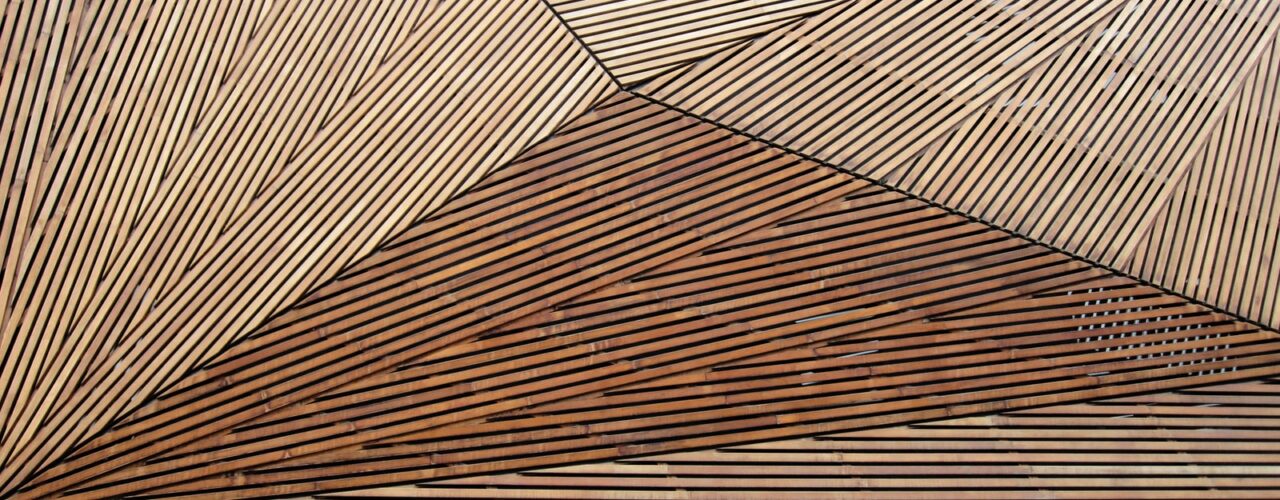
So what?
The process of using wood in construction had many benefits – the process of building was quicker compared with steel and concrete and there was a reduction in truck deliveries. Most surprisingly there was a positive effect on construction workers mental and physical health who reported a difference in the usual noisy, toxic fume filled environment to a place of serenity.
This might seem like a novelty that is only feasible for Sweden due to its geography, but architects are keen to emphasise that this construction method can be duplicated anywhere.
Could this finally be the answer to how the construction industry tackles its impact on the physical environment?
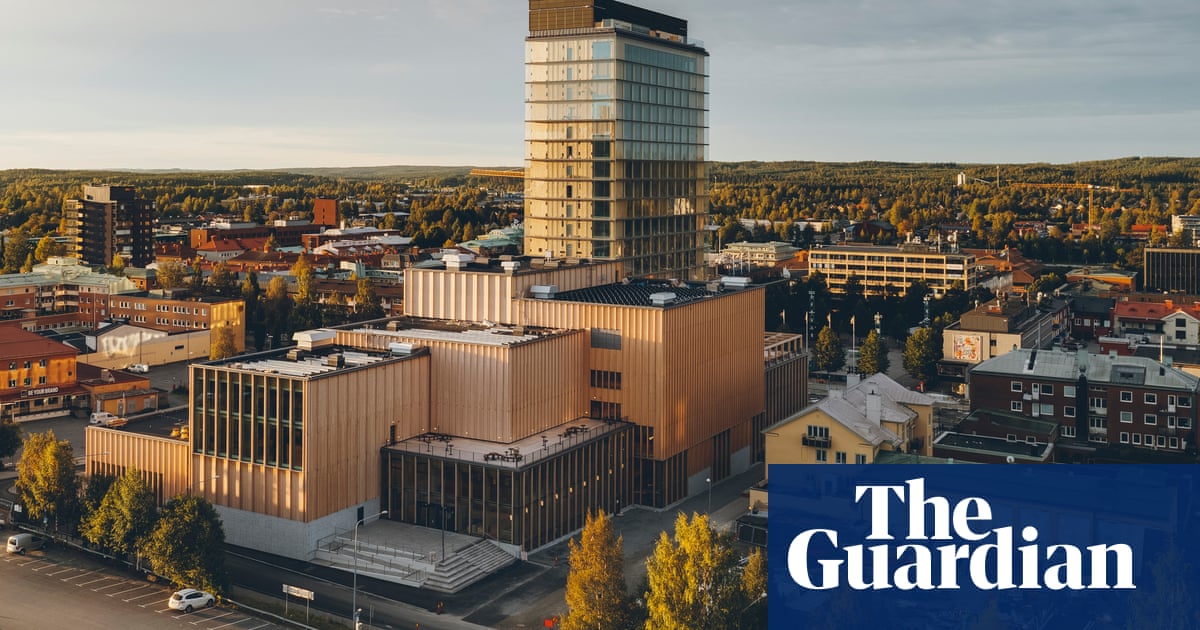


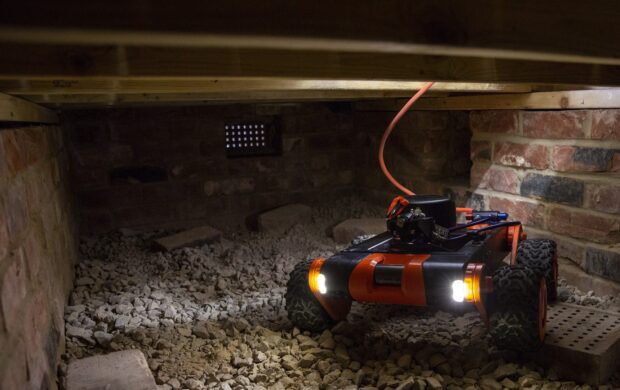
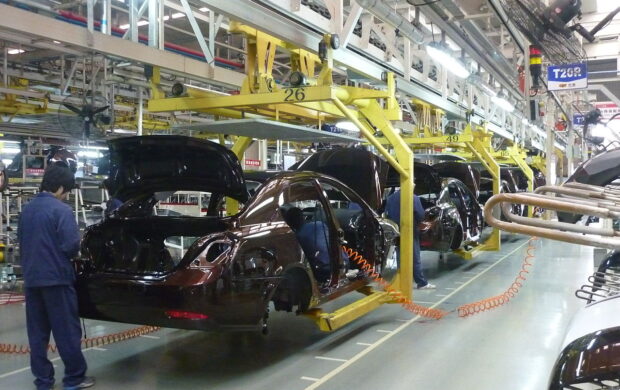





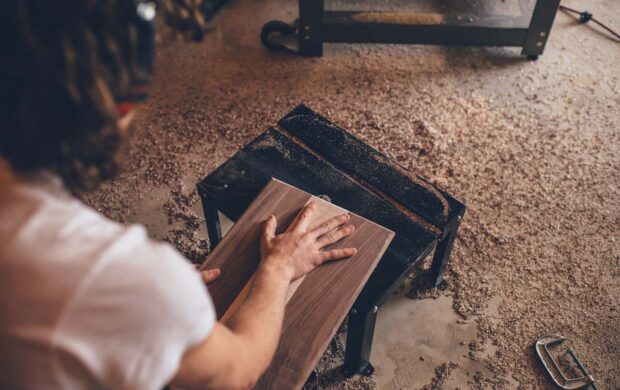
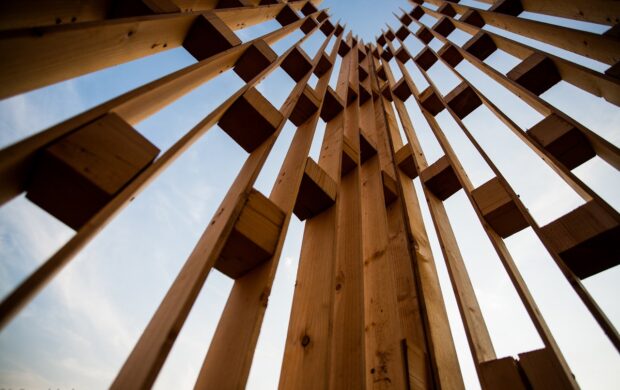
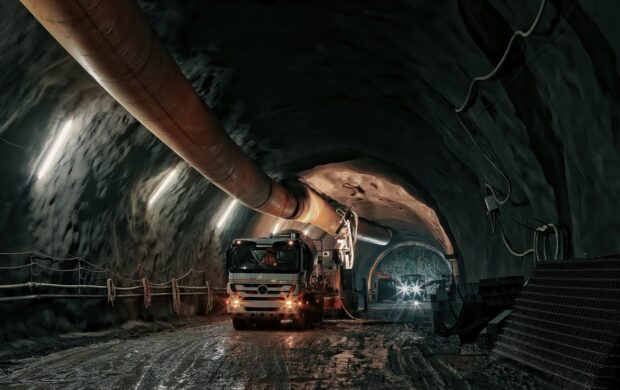


Join discussion